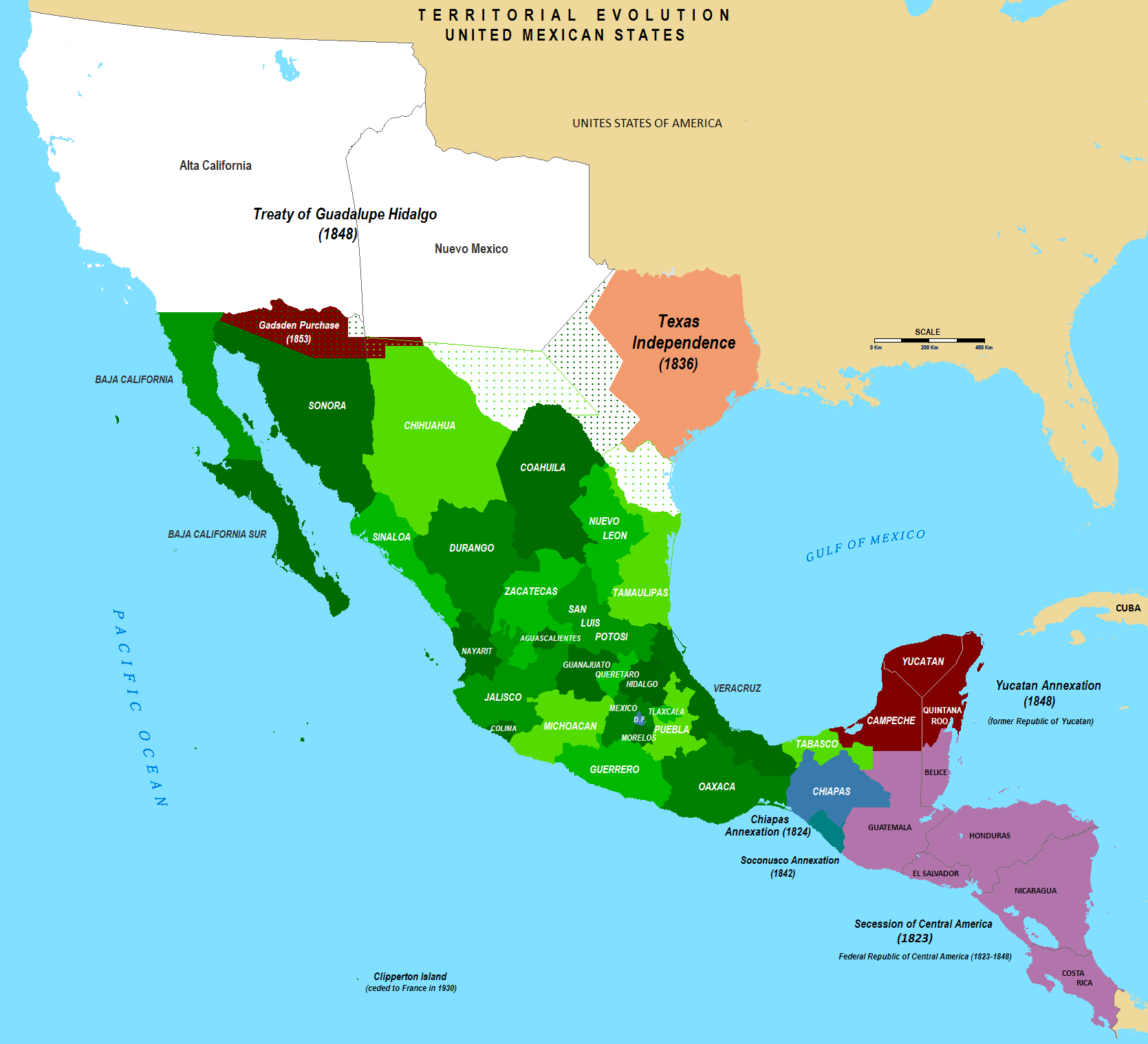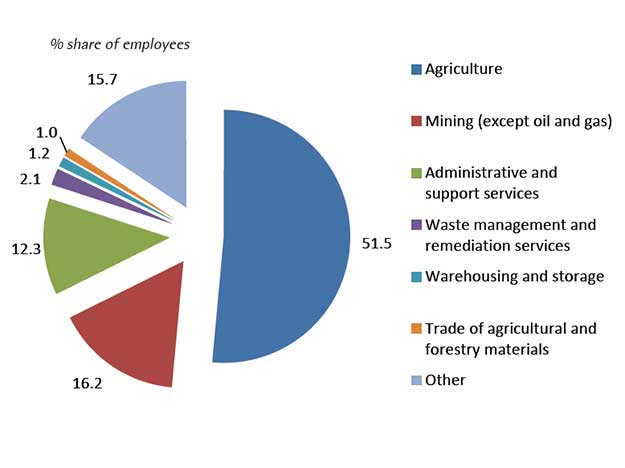|
extraction industry
 |
gijn.org
Mexico is the 6th largest crude producer and the 10th largest exporter. Although Mexico is also a significant producer of natural gas, it is a net importer of this commodity. Mineral reserves is significant and the sector is organized in a totally different fashion. Exploration and production of minerals are open to private investors, which control a sector that lacks clear and transparent regulation.
Main manufacturing and service industries in Mexico
www.azeconomy.org
service industries: In Mexico would be tourism (USD$11.28 billion) and financial and banking services (USD$5.17 billion). Both figures are estimated for 2009.
main manufacturing: Mexico have evolved into complex manufacturing operations including televisions, automobiles, industrial and personal products. While inexpensive commodity manufacturing has flown to China, Mexico attracts U.S. manufacturers that need low cost solutions near-by for higher value end products and just-in-time components.
Mexico's main challenges
Health Care : In Mexico, 40 million people have incomes below the poverty line, and most of them are very, very poor. In contrast, maybe 2% of the population is rich, so the gap is enormous. If one child is born in the native Indian part of the state of Chihuahua and another is born the same day in Monterey, those children immediately face inequities: the child born in Monterey has a 17-year longer life expectancy.
Crime : most urgent concerns facing Mexico, as Mexican drug trafficking rings play a major role in the flow of cocaine, heroin, and marijuana transiting between Latin America and the United States. Drug trafficking has led to corruption, which has had a deleterious effect on Mexico's Federal Representative Republic. Drug trafficking and organized crime have also been a major source of violent crime in Mexico |
|
|

